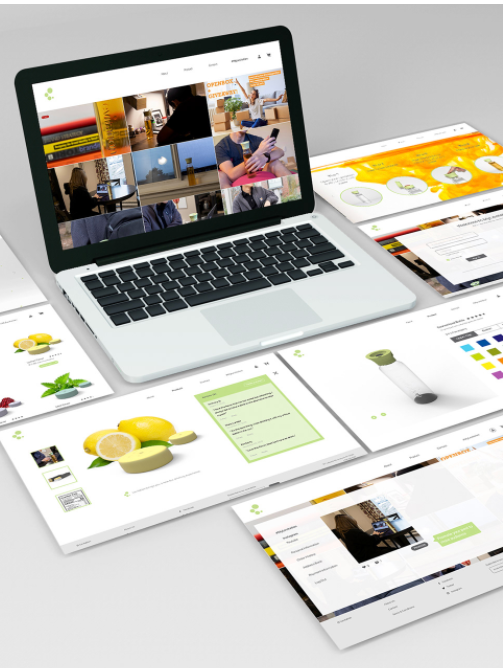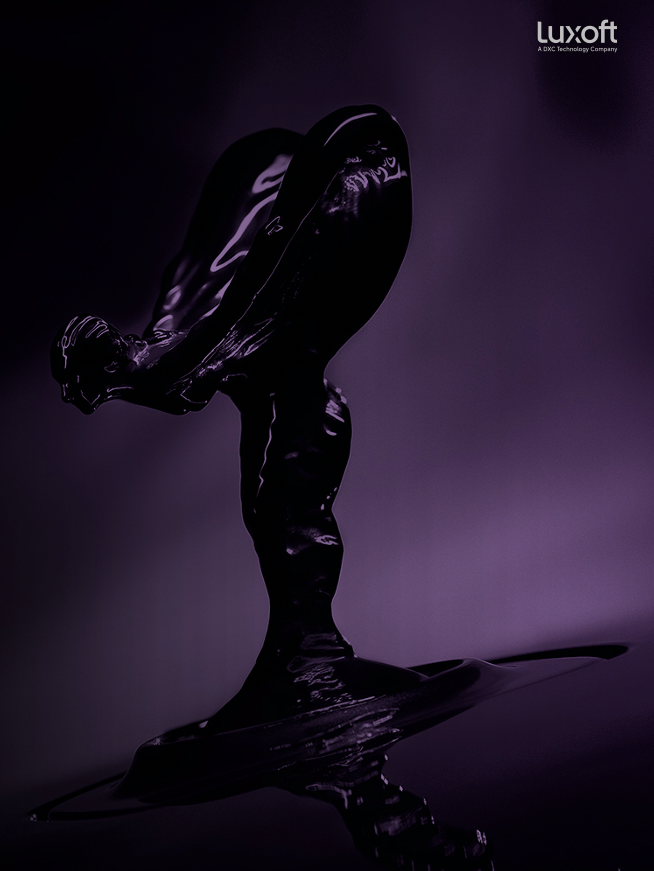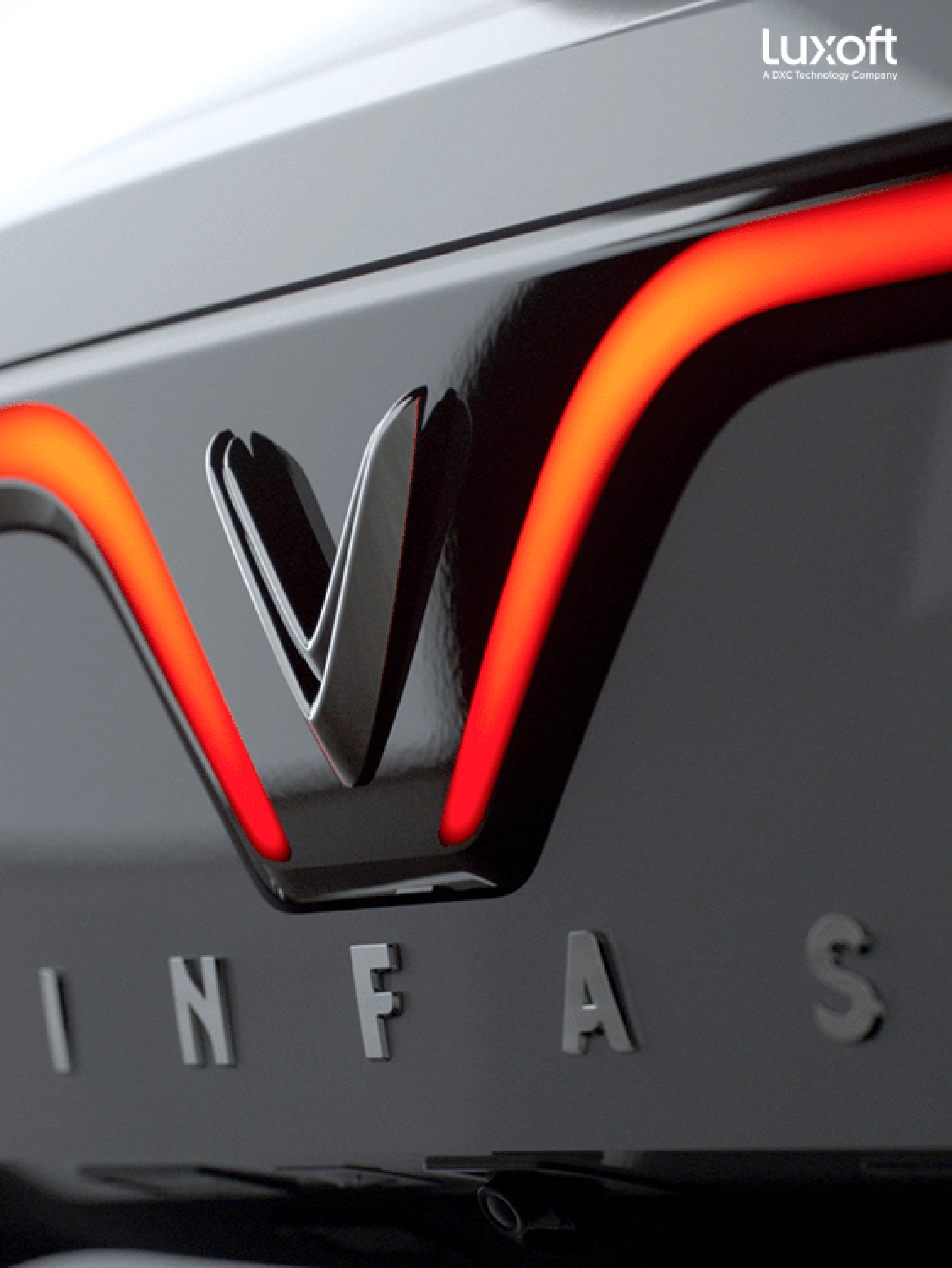"Kindness is the language which the deaf can hear and the blind can see." ————Mark Twain
Background. The visually impaired are a large group in the world. More than 3.4 million (3%) Americans aged 40 years and older are either legally blind (having visual acuity [VA] of 20/200 or worse or a visual field of less than 20 degrees) or are visually impaired (having VA of 20/40 or less)(1).
Problems. The unfriendly of some public facilities causes them to be reluctant to go out often, which makes them uncommon on the road. Let's take the bus station as an example, the existing bus stop are unfriendly to people with visual disability. I searched some videos online about the visual impaired people in bus stop and the results showed that many of them are fall down in the bus stop and always miss the bus that they want to take. So I think the latent problem is that they do not know when the bus is coming and which number it is.
Problem statement.
How might we design a bus stop that can improve the visual impaired experience in it?
Combined with existing bus stations designed for the blind, it is not difficult to find that Bluetooth technology is widely used in this area, which is a connection between blind passengers with bus drivers. Blind roads and braille are also used as basic facilities for blind people in such stations.
But the problem is that the existing Bluetooth technology requires mobile phones or bracelets of blind passengers as receivers of Bluetooth signals to inform them of ride information, but this is not convenient. So how can I improve their bus-taking experience with all these elements above?
Solution. So my solution is to create a bus stop system for the visually impaired, including a LED display that can announce the bus information and when the bus will be come in advance connected with the bus stop. Besides, it will also install some buttons represent different number of buses, and braille with different buses number on its side.
Shape of the stop. Inspired by the stones in the waterfall, it is still very stable in the impact of the current. The shape of the station is like these stones protecting these visually impaired people, including warmth and love, so that they can feel it.
The dimensions of the bus stop. Fulfill the Bus Stop Specification Guidelines (2)
The 3D model of the bus/bus stop. Before the bus arrive, the passengers press the button that they wanna take, and the bus driver will receive the request through bluetooth. When the bus comes into the stop, the LED display will announce the bus info. And passengers walk along the blind road to a specific point where the bus stop (like the figure shows above).
Flow chart. Operation process according to the Step 1, 2 and 3.
Day time scene graph.(Syracuse University)
Night time scene graph.(Syracuse University)
Reference.
(1)CDC - Burden of Vision Loss - About Vision Health - Vision Health Initiative (VHI). (2009, September 25). Retrieved from https://www.cdc.gov/visionhealth/basic_information/vision_loss_burden.htm.
(2) Intercity transit. (2016, September 06). Bus stop Specification Guidelines. Retrieved from https://www.intercitytransit.com/sites/default/files/2016-12/BusStopSpecs.pdf.





